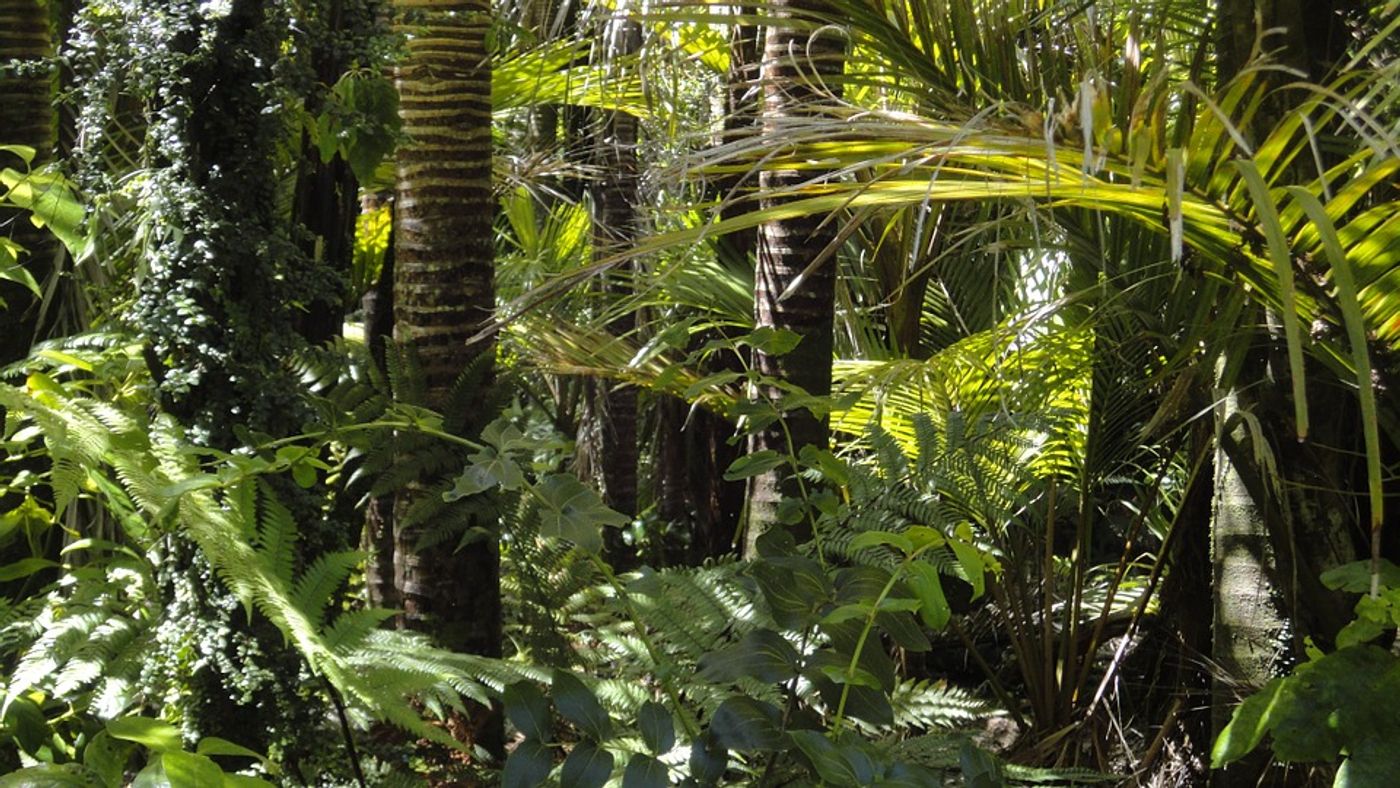Are sustainable logging practices possible in the Amazon?
New research published in Environmental Research Letters from the Tropical managed Forests Observatory (TmFO) concludes that despite the implementation of improved logging practices, forests in the Amazon are not able to supply enough timber for current demands.
Because the Amazon encompasses such a large area across nine Southern American countries, agreeing to and implementing forest management policies is often a struggle.
Senior author Dr. Bruno Hérault of the French Agricultural Research Centre for International Development (Cirad) elaborated on this, stating: "Many Amazonian countries have passed regulations for maximum logging intensities and minimum time intervals between harvests, to avoid depletion of timber stocks. But these national regulations are insufficient. Typically, the minimum time timber stocks are assumed to recover to pre-harvesting levels are 20 to 35 years, despite substantial evidence that without strong limits on logging intensities, this is not long enough to be sustainable."
In order to arrive at their conclusions, the scientists involved with the study analyzed timber sustainability levels under five different logging intensity and timber regrowth scenarios. Science Daily reports how the researchers utilized computer modelling to compare the following scenarios: an average logging intensity scenario with a standard 30-year cutting cycle; a low-intensity scenario with a 30-year cutting cycle; a high-intensity scenario with a 30-year cutting cycle; a short-cycle (15 years) scenario, with an average logging intensity; and a long-cycle (65 years) scenario, with an average logging intensity.
Lead author Dr. Camille Piponiot, of the University of French Guiana, commented: "In the Amazon Basin, around 20% of the total forest area is used for timber production. This is usually done through the selective harvest of a few trees per hectare, followed by regrowth. Selective logging provides income and employment and allows the forest to retain most of the carbon stocks and biodiversity of old-growth forests. But with 30 million cubic meters of saw-logs being extracted from the Amazon's 108 million hectares of natural production forests each year, decisions about the management of these production forests are of major importance."
The team determined that the current logging practices do not allow for enough time for regrowth, while the scenarios they analyzed offer little help in terms of alternatives. Unfortunately, as the authors point out, climate change will only exacerbate this problem as higher frequencies of drought and fire increase tree mortality.
That is why continuing efforts on this research are so important, explains co-author Dr. Plinio Sist. "These results highlight the need for a re-evaluation of the strategy for future timber provision in Amazonia. We are in a period of transition that requires important forest policy decisions to promote diversification of timber sources, and a substantial shift in the objectives of Amazonian production forest management."
Sources: Science Daily, Environmental Research Letters









